Custom software development is the process of designing and creating software solutions that are tailored to meet the specific needs and requirements of an organization or business. Unlike off-the-shelf software, custom solutions are crafted from the ground up to address unique workflows, enhance operational efficiency, and solve particular challenges faced by the business.
Key Benefits of Custom Software Development
1.Tailored Solutions Custom software is built to match the exact needs of your business. Whether you need specialized features, integrations, or workflows, a custom solution ensures that the software fits perfectly within your organization.
2. Scalability As your business grows, so do its needs. Custom software can be designed to scale easily, adapting to increased user demand, expanding operations, or incorporating new features as your business evolves.
3. Enhanced Efficiency By automating repetitive tasks and optimizing business processes, custom software reduces the time and effort spent on manual activities, leading to increased productivity and operational efficiency.
4. Competitive Advantage Custom software gives your business a competitive edge by providing tools that are specifically designed to outperform generic solutions. With a tailored product, you can offer a better user experience, more innovative features, and seamless integrations with existing systems.
5. Cost-Effective in the Long Run While the initial investment in custom software development may be higher than purchasing off-the-shelf software, the long-term benefits often outweigh the costs. With no licensing fees and the ability to update and maintain the system as needed, custom software provides a better return on investment.
6. Improved Security Custom software offers higher levels of security because it can be designed with specific security protocols that align with your business’s needs. You have full control over access, data protection, and compliance with industry standards.
7. Integration with Existing Systems Businesses often operate with a mix of software and systems. Custom solutions can be designed to integrate smoothly with your existing tools, data, and infrastructure, ensuring a seamless flow of information and reducing the risk of errors.
The Custom Software Development Process
- Discovery and Planning Understanding the specific needs of the business is the first step. This involves gathering requirements, defining objectives, and understanding the challenges that the software needs to solve.
- Design During the design phase, UI/UX experts create user-friendly interfaces, while software architects outline the system’s structure and how it will function. Prototyping may be used to ensure that the design meets expectations.
- Development With a detailed plan in place, the development phase begins. Developers use the latest technologies and frameworks to write clean, efficient code that delivers the desired functionality.
- Testing Comprehensive testing is done to ensure that the software works as expected. This includes unit testing, integration testing, and user acceptance testing (UAT) to identify and fix bugs or issues before deployment.
- Deployment and Maintenance Once the software is fully developed and tested, it is deployed. After deployment, ongoing maintenance ensures that the software stays updated and performs optimally, including bug fixes, security patches, and feature enhancements.
Conclusion
Custom software development is an investment that can unlock significant value for businesses looking to solve unique challenges, improve operations, and differentiate themselves from competitors. By choosing a solution tailored to your needs, you can enhance productivity, streamline processes, and build a strong foundation for future growth. With the right partner, custom software development can help you realize your business vision with precision and efficiency.



